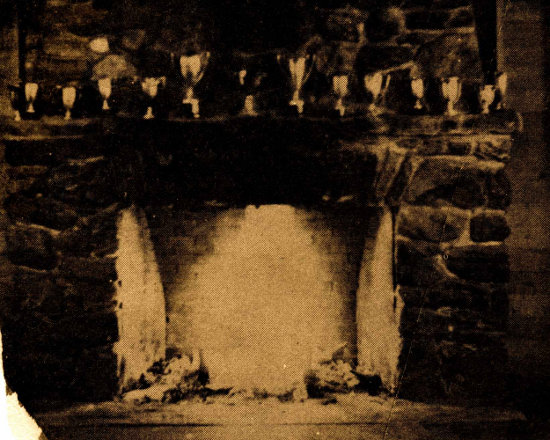Helping the War Effort
As the Second World War raged in Africa, Europe, and the Pacific, more and more Connecticutians entered the Armed Forces. In the farms throughout the Northern Litchfield County Council’s territory, the lack of farm workers left much of the crops in the fields. While just a few years prior, the depression prevented most Scouts from finding a job, but the Department of Agriculture offered summer jobs especially for Scouts, even offering to truck them to Maine to help with the potato harvest. While some boys worked during the summer, the largest need was in the fall when the apples ripened. Seventy Scouts of the Northern Litchfield County Council volunteered to hike out to Bantam and pick the apples, and were let out of school to complete the task.
For the summer of 1944, the Council cooperated with the Mattatuck Council of Waterbury to operate a farm camp. The camp combined farm work with a Scouting program and was promoted as a leadership development program for boys over the age of fourteen. The Scouts got a chance to stay at Columbia University’s camp near Bantam Lake. The farm camp opened as soon as school dismissed in June and operated up until Workcoeman opened.
The labor shortage struck the Council in December of 1943 when Assistant Executive Nathaniel Doten was drafted into the Army. Over the next few months, the council tried to recruit another professional, but the position remained unfilled until September. Workcoeman’s summer program was affected as well; the only adults on the Summer Staff were Chief Merle Hildreth and Scoutmaster Seymour Weeks. However, this gave many of the boys who worked at the farm camp a chance to try out their leadership skills as staff at Workcoeman. The toughest position to fill was camp chef, as so many of the people who could prepare meals in quantity were cooking for the Armed Forces. Even a renovated kitchen and a new Cook’s Cabin could not attract a chef; therefore, Chief Hildreth’s wife, Mary, prepared the meals that summer.
The image below shows the fireplace in the Dining Hall during the summer of 1944.
